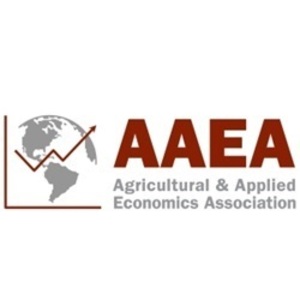Report: Design of RFS limits incentives for E85

September 20, 2022
BY Agricultural & Applied Economics Association
The nested design of the Renewable Fuel Standard is limiting incentives for blenders to sell higher blends of ethanol (E85) and has instead resulted in increasing blending of biodiesel to comply with the RFS. The nested structure of the RFS allows a more advanced biofuel (such as biodiesel) to meet the requirements of the total renewable fuel standard (that is, corn ethanol). This has limited incentives for blenders to increase sales of E85 to flex-fuel owners by pricing it at energy equivalent parity with E10. Instead, together with the biodiesel tax credit and the cellulosic waiver credit, the nested RFS structure has resulted in a 15 percent retail price gap between E85 and E10 and led to an increase in biodiesel production by 21 percent more than mandated.
In the new article “Assessing the Efficiency Implications of Renewable Fuel Policy Design in the United States” published in the open access Journal of the Agricultural & Applied Economics Association, Past President Madhu Khanna from the University of Illinois at Urbana-Champaign and Jia Zhong(at the Ford Motor Company, estimate the extent to which the design of the Renewable Fuel Standard has limited consumption of higher blends of ethanol (E85) in the United States and led to a “blend wall” at 10 percent blend of ethanol.
The research shows the benefits of the current suite of renewable fuel policies, including the RFS, the biodiesel tax credit and the cellulosic biofuel waiver credit for biodiesel producers and its deterimental effects on corn ethanol producers. These policies also limit demand for cellulosic ethanol in the long run and delay efforts to reduce dependence on gasoline. The authors recommend a shift towards a non-nested structure of the RFS in order to enable incentives to eliminate the price disparity between E10 and E85 and to create demand for cellulosic ethanol, which has significantly greater potential to reduce the carbon intensity of fuel than biodiesel.
Advertisement
Advertisement
Related Stories
SAF Magazine and the Commercial Aviation Alternative Fuels Initiative announced the preliminary agenda for the North American SAF Conference and Expo, being held Sept. 22-24 at the Minneapolis Convention Center in Minneapolis, Minnesota.
President Trump on July 4 signed the “One Big Beautiful Bill Act.” The legislation extends and updates the 45Z credit and revives a tax credit benefiting small biodiesel producers but repeals several other bioenergy-related tax incentives.
Saipem has been awarded an EPC contract by Enilive for the expansion of the company’s biorefinery in Porto Marghera, near Venice. The project will boost total nameplate capacity and enable the production of SAF.
Global digital shipbuilder Incat Crowther announced on June 11 the company has been commissioned by Los Angeles operator Catalina Express to design a new low-emission, renewable diesel-powered passenger ferry.
International Air Transport Association has announced the release of the Sustainable Aviation Fuel (SAF) Matchmaker platform, to facilitate SAF procurement between airlines and SAF producers by matching requests for SAF supply with offers.
Upcoming Events










